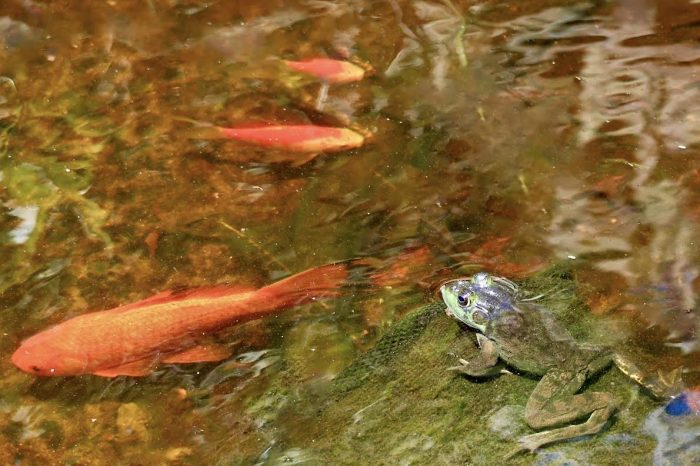Welcome to the 30th edition of Paw Prints, a monthly column for animal lovers dedicated to helping shelter pets find their furever home.

Meet Walter
A retired accountant, this fourteen- year-old Poodle mix is Walter. He’s been busy crunching the numbers (and a few treats!), estimating his chances of finding a forever home before the dog days of summer. With assets worth barking about, Walter has good leadership skills along with years of experience as a best friend and loyal confidant. Noble and wise, he offers sound advice and high yield dividends as well as some pretty sweet canine kisses! Stop by Little Shelter and you’ll see that Walter (and his balance sheet) adds up to a great choice and a reminder that adopting will always land you in the “plus” column! 631-368-8770, ext. 21

Meet Grandma
”A Grandma is a hug waiting to happen.” This fourteen year old Terrier mix at Little Shelter in Huntington is a little bit teacher, and a little bit best friend, emphasizing the importance of living life to the fullest while sharing it with someone special. With all the best qualities of a family matriarch, namely patience, generosity and unconditional love, she would be a great addition to most households.
Seniors are fascinating storytellers and invaluable sources of wisdom, who also act as confidants and sounding boards for all your thoughts and ideas. If you’re looking for a good listener, as well as a loyal companion, we have the perfect answer. Life doesn’t come with a manual, it comes with a Grandma! 631-368-8770, ext. 2

Meet Bowie
This handsome 1-year-old Siberian husky is up for adoption at the Brookhaven Animal Shelter. Charming, and handsome with two different colored eyes, Bowie is a head-turner! He adores meeting new people and pups! While he’s a bundle of joy, Bowie could benefit from some basic manners training to help him become the amazing gentleman he’s destined to be. He’s ready to join you on all your adventures, whether it’s hiking, jogging, or playing fetch in the backyard. He’s looking for a family who shares his enthusiasm for life and can provide him with plenty of mental and physical stimulation. Bowie would do well with children 14 and up, and potentially other female dogs with a meet and greet. He is neutered, vaccinated and microchipped ready to step into his new life.Will that be with you? 631-451-6953

Meet Bonnie Luna
Hi, I am Bonnie Luna! I came from the Bahamas, so I am considered a Potcake! I have been at Kent Animal Shelter for a long time. I get a little nervous and uneasy around new people, so it’s going to take a little while for you and I to become best friends and trust each other. I can become a very loyal furbaby if you give me a chance. Just ask the kennel workers about me and they will tell you once the bond of trust is there, it will be wonderful. It will take a little while for that to happen so you would have to come visit me regularly first, but I promise it will happen if you give me a chance. Thank you for learning a little bit about me. I hope to see you soon. 631-727-5731, ext. 1

Meet Midnight
This beautiful nine-year-old boy was surrended to the Smithtown Animal Shelter on May 24 due to a change in the living situation for his pet parent. He is a little shy at first, but very sweet and low-key and would do best in a quiet home. He has lived with a large breed dog and is declawed. 631-360-757
Free adoptions event
Town of Brookhaven Animal Shelter, 300 Horseblock Road, Brookhaven offers free adoptions on July 1, 2 and 3 as part of its “Life, Liberty and the Pursuit of Adoptions: Let their freedom ring” promotion. Adoptions include free neuter or spay, vaccinations, microchip, and FIV/FELV test. For more information, call 631-451-6950
Rescue is a lifestyle. Adopt, don’t shop.
Check out the next Paw Prints in the issue of July 25.
Paw Prints is generously sponsored by Mark T. Freeley, Esq


























